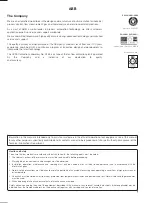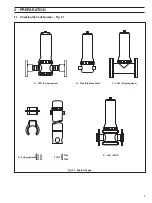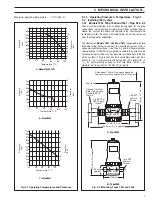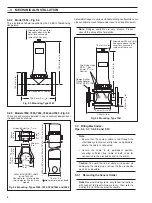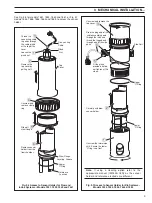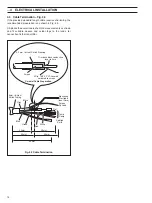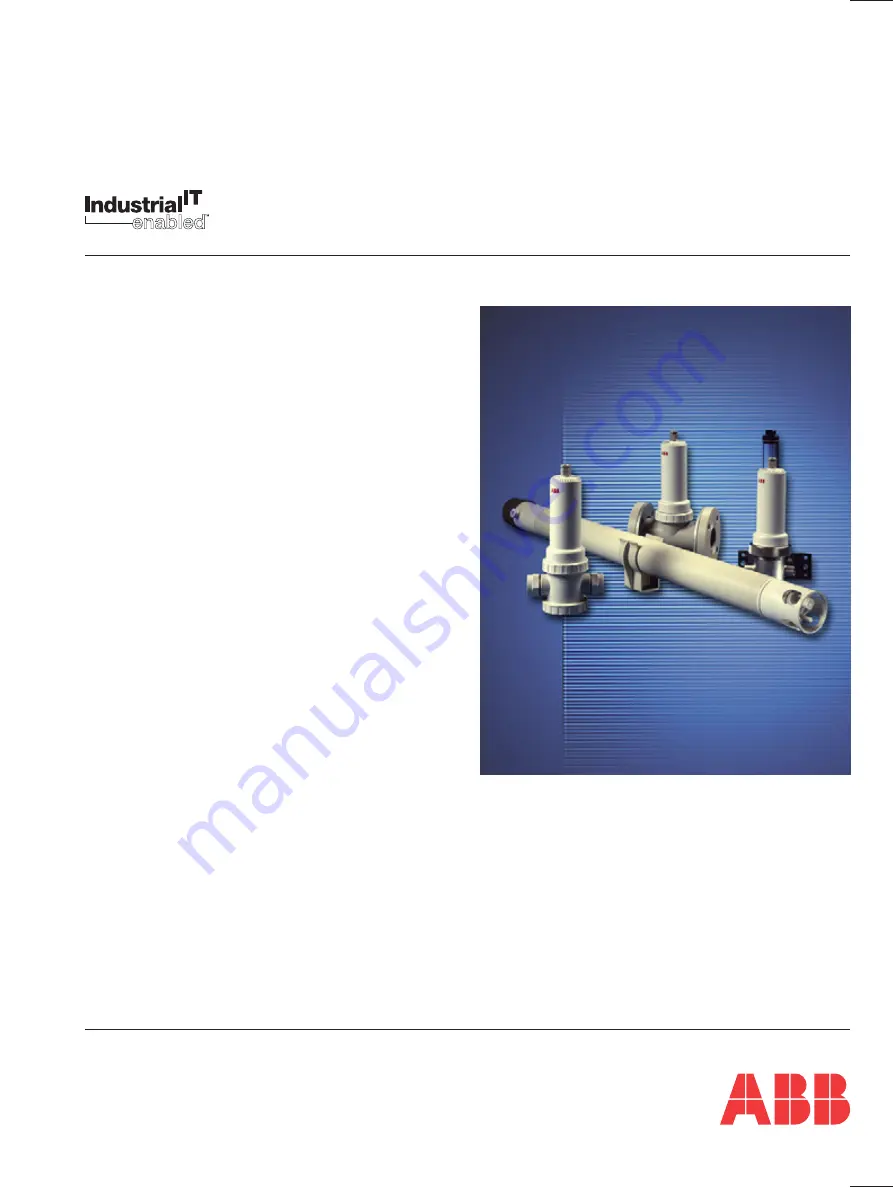Reviews:
No comments
Related manuals for AnalyzeIT 7600 Series

LM-OG-P2 Advanced
Brand: Badger Meter Pages: 48

epm-3
Brand: Badger Meter Pages: 24

BDACM1000
Brand: Bahco Pages: 92

Power Xpert PXM 4000
Brand: Eaton Pages: 28

VEO 1.0
Brand: Oceanic Pages: 68
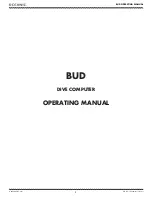
BUD
Brand: Oceanic Pages: 24

MD50
Brand: Tavool Pages: 12

4300B
Brand: Valhalla Scientific Pages: 43

Arius YDP-160
Brand: Yamaha Pages: 6

Veeder-Root 7990 Series
Brand: Danaher Pages: 8

PMSHM 2 A1
Brand: Parkside Pages: 120

TKST 11
Brand: SKF Pages: 12

BMV-710H
Brand: Victron energy Pages: 46

LASHINGBITE
Brand: b&o Pages: 32

MON08 MULTILINK
Brand: P&E Microcomputer Systems Pages: 16

FatTrack II
Brand: AccuFitness Pages: 2

ISA-40 Series
Brand: ENMET Pages: 19

Module NI PXI-8250
Brand: National Instruments Pages: 4


